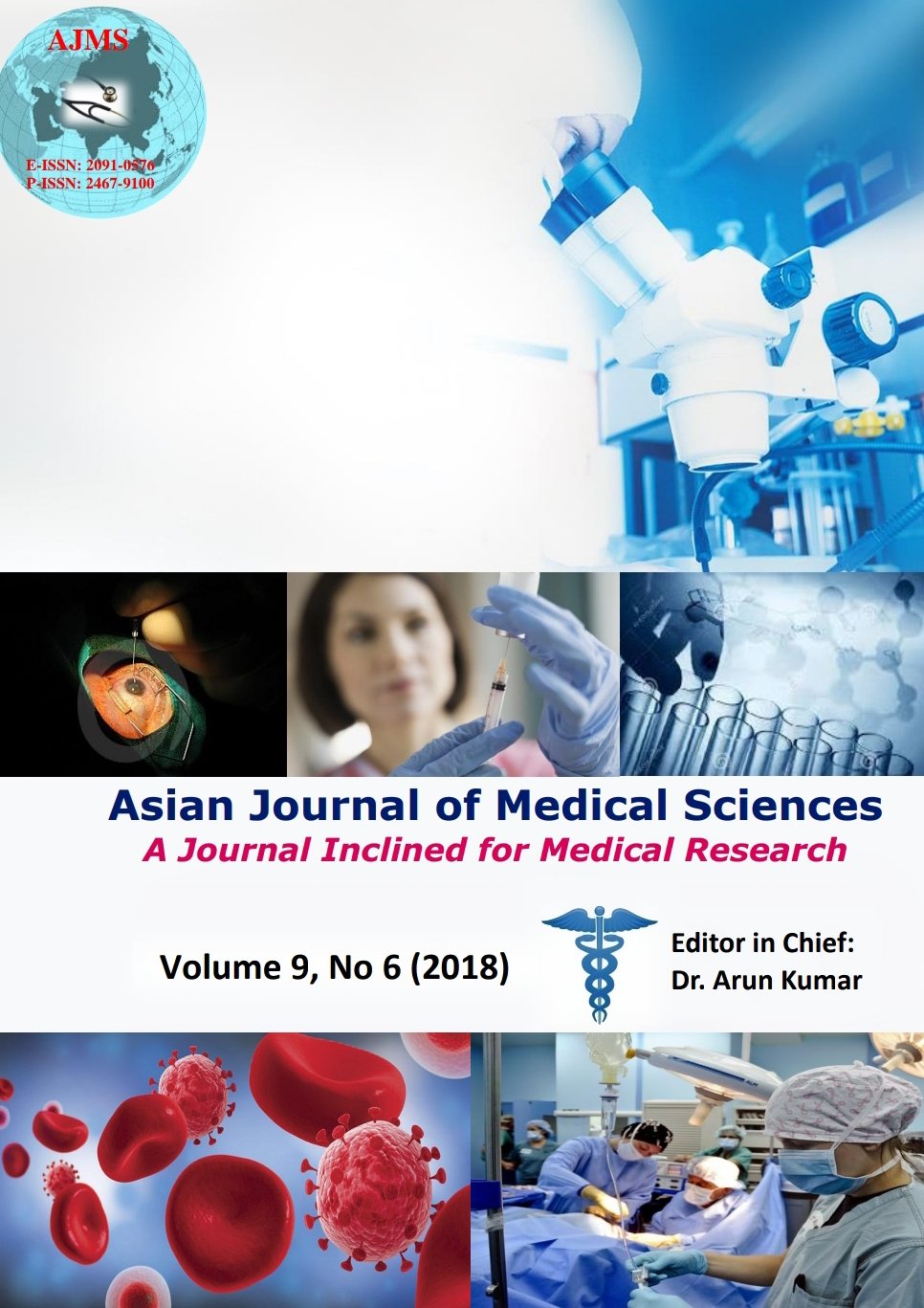To compare the blood pressure and heart rate during course of various types of anesthesia in wistar rat: A novel experiences
Keywords:
Anesthesia, Ketamine, Xylezine, Blood pressure wister ratsAbstract
Background: Rats are commonly used animals in development of newer drugs, rectification of toxicity and to record the various alterations in physiological parameters following pharmacological and non pharmacological interventions.
Aim and Objectives: The purpose of this study was to identify the best physiological window during anesthesia. Therefore, we compared the effect of anesthesia using combination of ketamine and xylazine (KX) and thiopental sodium (intraperitoneally) on blood pressure and heart rate in adult male Wistar rats.
Material and Methods: Twelve, male Wistar rats with a mean body weight of 260 ± 15 g were acquired. Thiopental sodium and cocktail of ketamine and xylazine (KX) were administered (ip) in group- I and group-II respectively. The systolic blood pressure and heart rate was recorded in both the groups till the awakening phase.
Results: We found that there was a constant SBP and HR in Ketamine/Xylezine groups that are from 30 to 90 minutes after injection of anesthesia while this window was not observed in thiopental group.
Conclusion: Our study concludes that the best time to observe the effect of newer drug during period between 30- 90 minutes after anesthesia.
Asian Journal of Medical Sciences Vol.9(6) 2018 37-39
Downloads
Downloads
Additional Files
Published
How to Cite
Issue
Section
License
Authors who publish with this journal agree to the following terms:
- The journal holds copyright and publishes the work under a Creative Commons CC-BY-NC license that permits use, distribution and reprduction in any medium, provided the original work is properly cited and is not used for commercial purposes. The journal should be recognised as the original publisher of this work.
- Authors are able to enter into separate, additional contractual arrangements for the non-exclusive distribution of the journal's published version of the work (e.g., post it to an institutional repository or publish it in a book), with an acknowledgement of its initial publication in this journal.
- Authors are permitted and encouraged to post their work online (e.g., in institutional repositories or on their website) prior to and during the submission process, as it can lead to productive exchanges, as well as earlier and greater citation of published work (See The Effect of Open Access).




